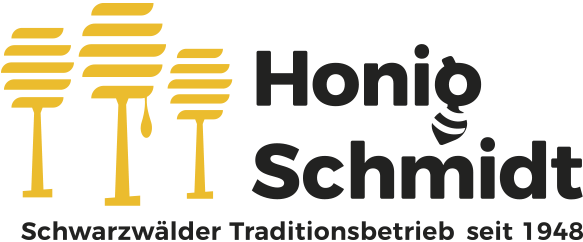In natural honey preparations, propolis is only a small percentage. The bees use the resin-like putty substance exclusively for sealing their stick. As feed, the bee glue, which serves as a protective shield against fungi and other pathogens for the diligent collectors in the nest, does not play a role. This part is mainly taken over by the honey, which is composed of sugars and various vital nutrients and which optimally prepares the bee-breeding for a life as a working bee.
Due to its high sugar content, honey is long-lasting and safe from microorganisms, even without disinfecting additives. The fact that natural honey still contains a bit of propolis is literally in the nature of the matter. Because the bees wander around in search of more dangerous holes and cracks with the precious paste in the cane and naturally also roam the honeycombs in which their main energy carrier is stored. Small chunks are lost – and swoops, the liquid gold contains a small propolis addition.
Some beekeepers and manufacturers add the bee putty to their honey afterwards, the corresponding product then contains, for example, 1% propolis extract. Real Propolis fans beat two birds with one stone, because a real propolis honey combines a highly efficient turbo sweetener with taste.
Clever users can of course also make their own honey with Propolis. To do this, mix a relatively heavy-flowing honey carefully with a finely mortared propolis powder. Bright honeys are particularly suitable for this procedure, for example a whitish shiny rapeseed honey or a very bright flower honey. In these varieties, the degree of distribution of the propolis powder can be closely tracked: fine, reddish-brown dots point the way.
In our shop you can buy high-quality, finely sifted Propolis.


